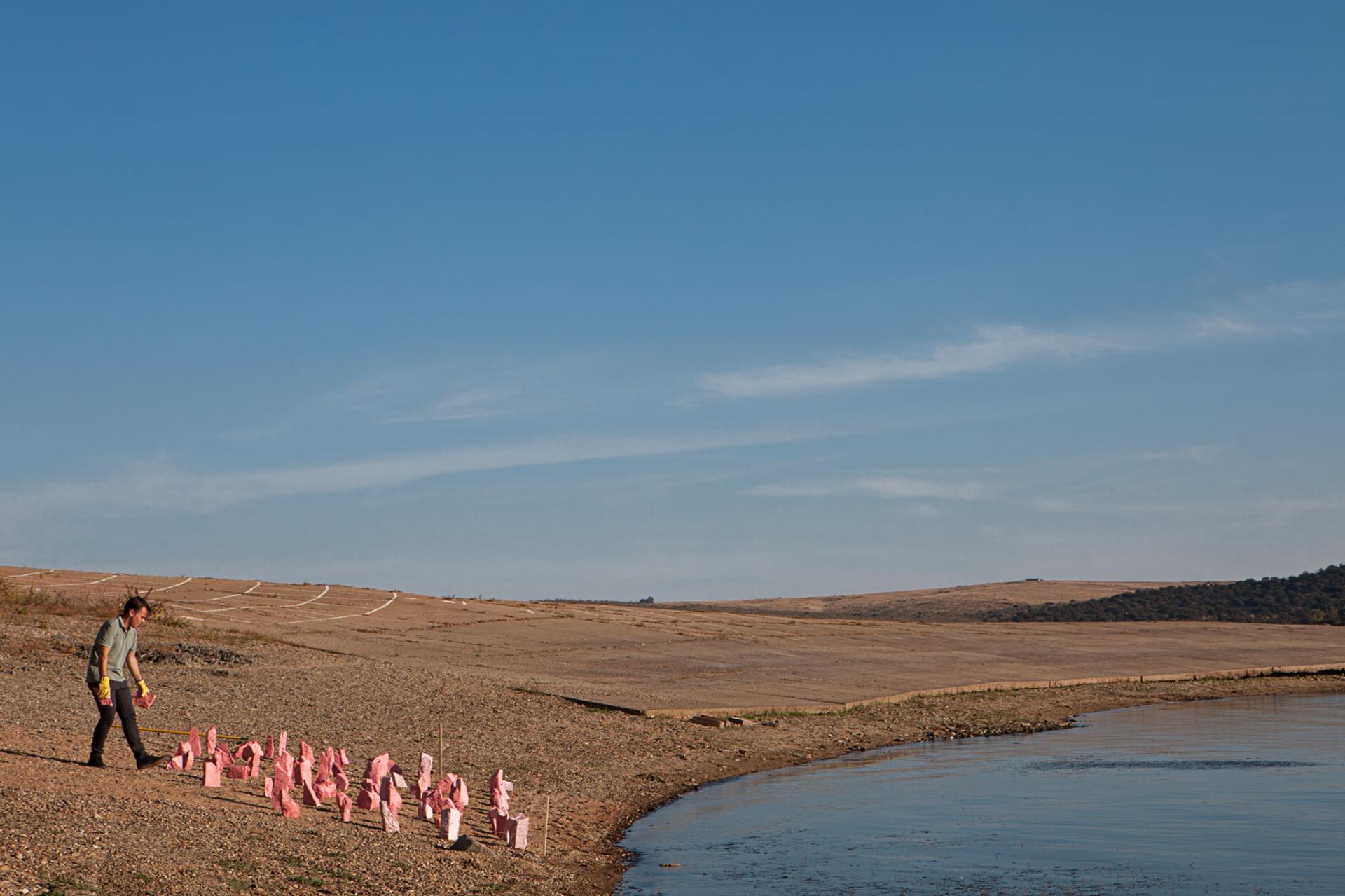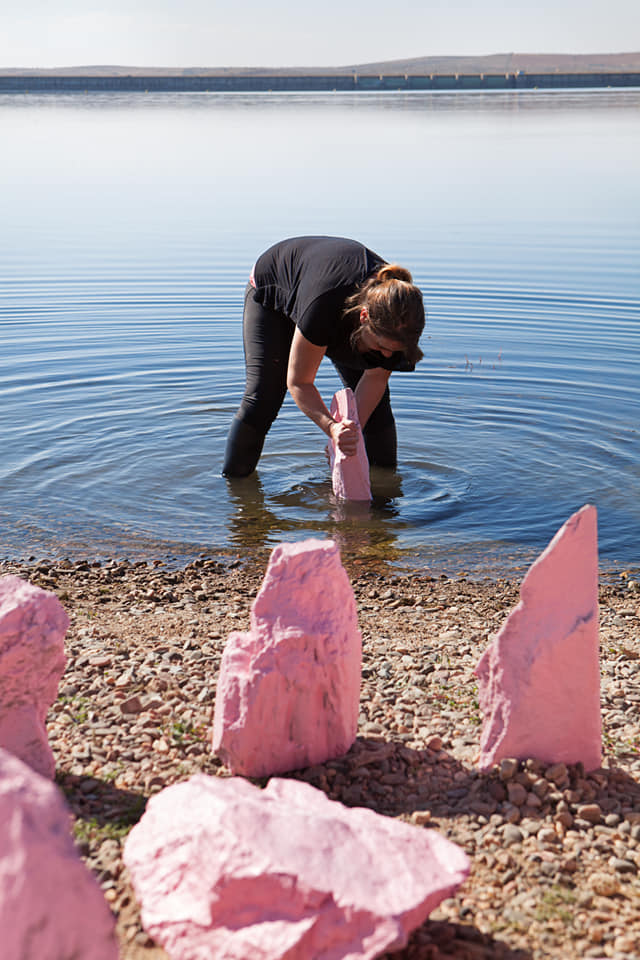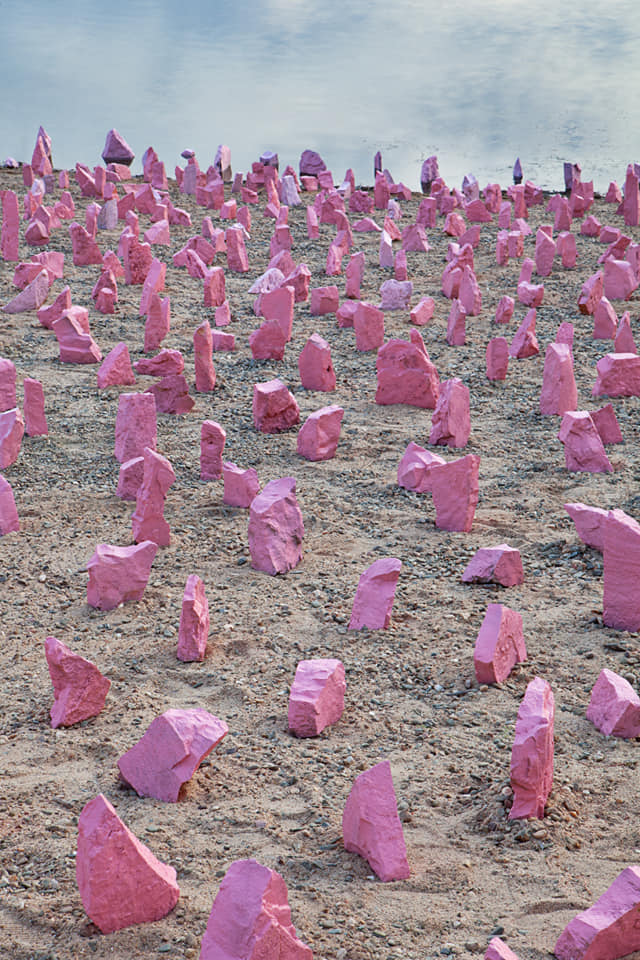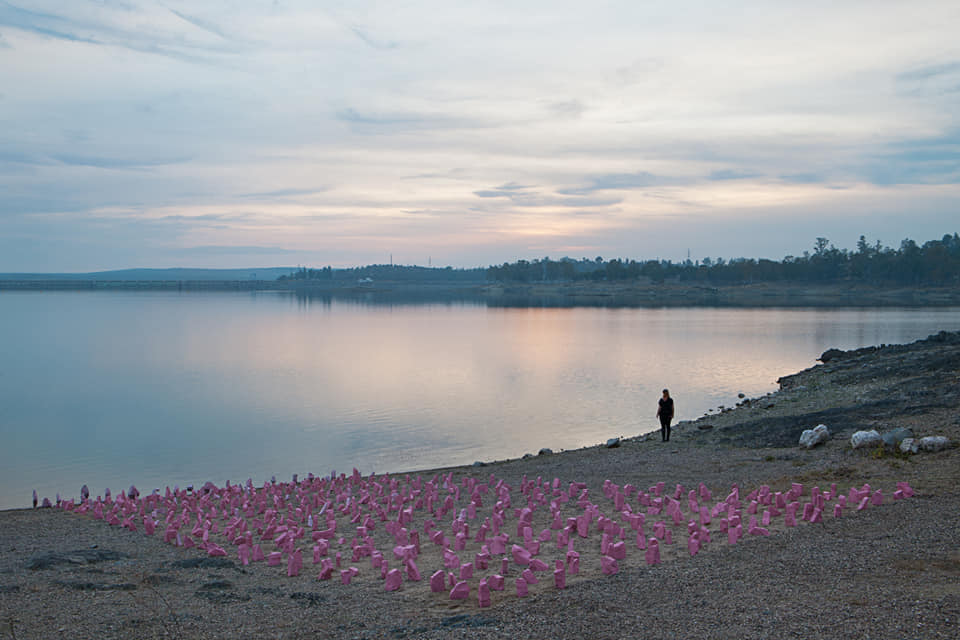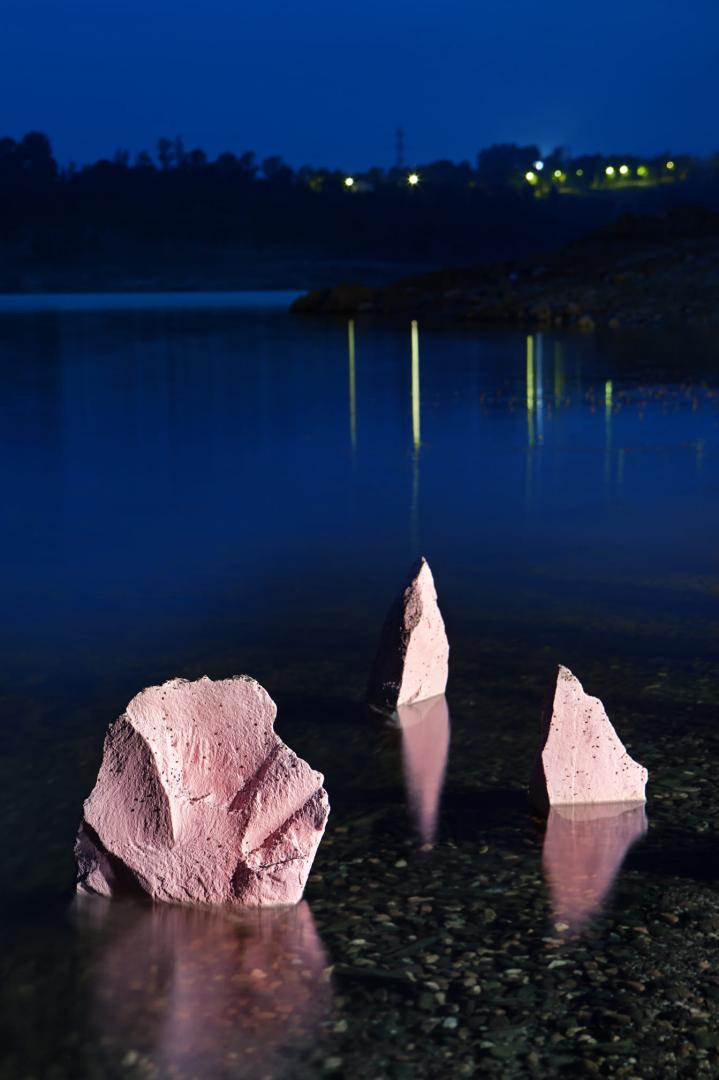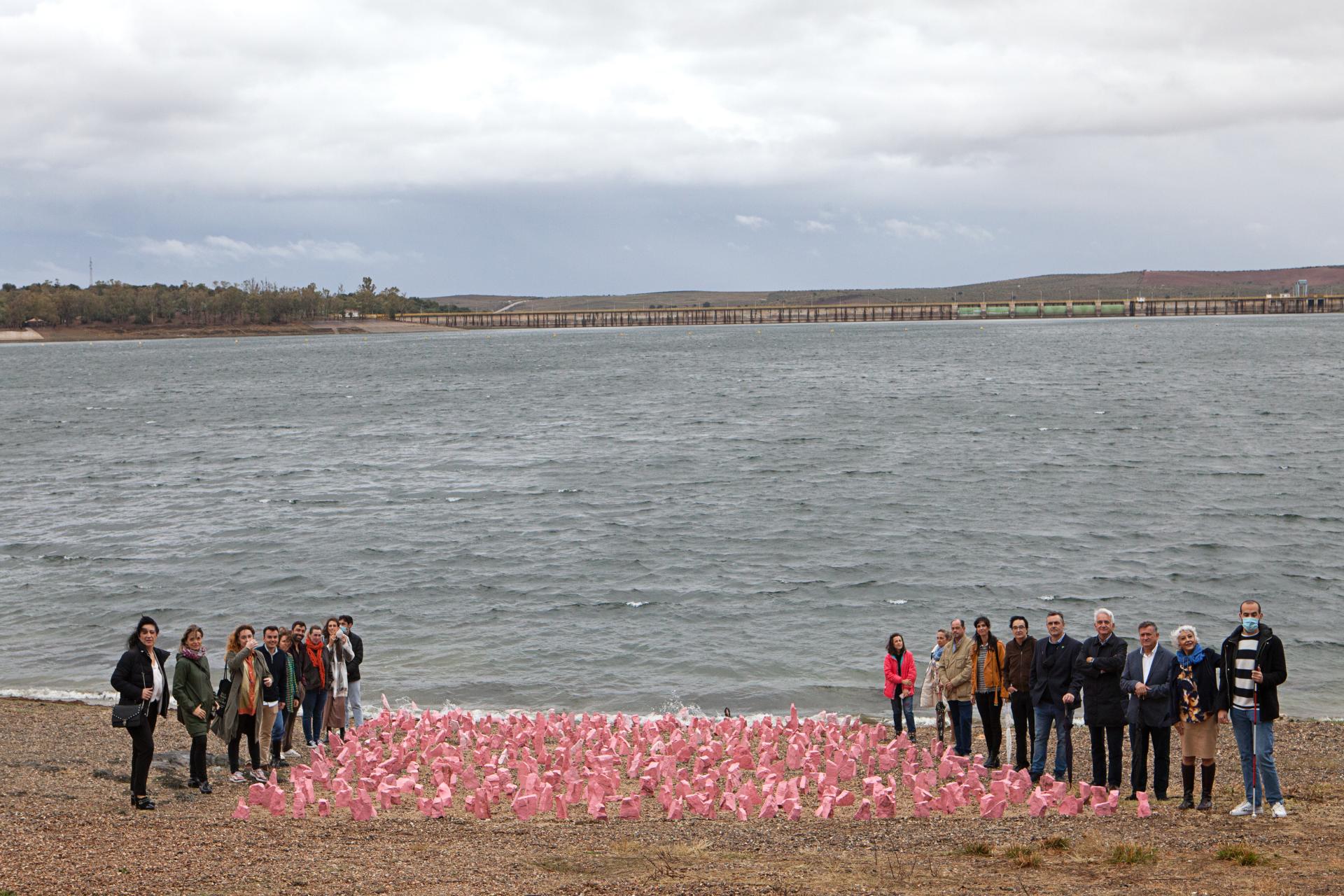Filare
Basic information
Project Title
Full project title
Category
Project Description
"Action of stretching into thread form, spinning, forming filaments. To twist. To link. To have a love affair."
Filare is about weaving threads. Turning and changing perspectives. Generating connections, experiences and learning. Imagining, revealing, broadening our gaze and approaching diverse realities. Promotes universal accessibility and inclusion of people with disabilities, children, the elderly, and society, through contemporary creative interventions in rural areas in Extremadura.
Geographical Scope
Project Region
Urban or rural issues
Physical or other transformations
EU Programme or fund
Which funds
Description of the project
Summary
Through Filare we connect people living in small villages with cultural agents. We work in a situated and collaborative way. Filare facilitates the realization of contemporary creation projects that invite us to reflect and make the rural contexts more accessible and inclusive. The selection is made through a national public call and with the mediation of a jury. The selected project already developed in Orellana la Vieja 2021 is Field [ROSE] of driven stones by Greta Crespo:
“Whenever a concept is defined, its opposite is defined. In this duality, when accessibility is bet on, inaccessibility appears in parallel and with it hostile architecture, a historical tool that supports a great cultural and anthropological question. One of the oldest strategies of this type of architecture are the fields of driven stones, an urban element used to defend a population center. The project proposes the realization of a Frisian field using a language that draws from postmodernist aesthetic positions and that allows us to rethink certain cultural elements.
The landscape is a concept that we construct in relation to the geography and the materiality of the geology that shapes it and has a deep time in which its modifications seem to escape from the present time. As a constructed territory, the landscape is a direct consequence of human action, a history of commodification of resources and actions that fracture the terrain, preventing the complete perception of the landscape that remains fragmented between barriers, limits, borders and hostile zones.
The pink-painted paving stones highlight the current contradictions of our consumerist society that commodifies any place, initiative and ideology. Pink is a color that oozes innocence but at the same time hides the most perverse ends of our consumer society. This project creates an artifice that questions the very nature of the pre-established definitions of accessibility, both historically and politically in our current society."
Key objectives for sustainability
One of the Filare´s jury's criteria for the selection of the installations to be developed is linked to sustainability in relation to the materials used in the execution of the installations. Proposals that use materials in a responsible way, and that can be reused after the activation of the installation, are positively valued.
Field [ROSE] of driven stones uses stones purchased from local suppliers. A material from the landscape that is re-signified through painting. The paint used is environmentally friendly. Currently the installation is still in use, but if it is decided to dismantle it, the pink stones can be reused as gardening elements in the village or by the villagers.
Key objectives for aesthetics and quality
Filare welcome all kinds of artistic formats (installation, performance, painting, sound art...) with the intention of promoting the diversity of manifestations and points of view, paying special attention to those that have a direct impact on the built environment and open spaces for cooperation with the local community. These projects have an ephemeral character, being possible to extend their permanence with the agreement between creators, neighbors and Filare's organization. We focus on three scales and contexts that are interrelated, in which the contemporary creation projects are situated:
The built environment
The nearby landscape
The night and the firmament
We do ephemeral installations that allow us to change our experience in the rural environment. These are events are not usual in this kind of contexts. They become a memorable event that transcends in the memory of the community. Creators work outside the studio adapting to local rhythms, and the neighbors open spaces for them in their daily lives.
Field [ROSE] of driven stones is located in the nearby landscape of Orellana la Vieja, in the Orellana Beach. It is an installation that builds a border of hostile architecture in a landscape of water and nature. A pink border, a color of innocent appearance that hides other meanings. Thanks to this installation everyone can experience and feel what people with disabilities feel and live constantly.
The installation is still located at Orellana Beach. When neighbors decide to desmantell it, we will aim every person to retire one stone, to show how the collective work can make disapeare frontiers.
Key objectives for inclusion
Filare's open call is open to creators with and without disabilities. The jury that selects the interventions to be performed includes a person with disability, It is paritary and intergenerational. For the selection in Orellana Beach 2021, Field [ROSE] of driven stones, the jury was composed by Javier García Pajares, lawyer, with deafblindness; Jose María Sánchez and Estefanía Sánchez, architects; Maria Jesús Ávila, coordinator of Helga de Alvear Contemporary Art Museum; Marina Fernández, Filare technical director; Cayetano Ramos, Orellana´s mayor, representing the municipality as an advisor on issues about the town.
Technical Offices for Accessibility in Extremadura are collaborators of Filare. They review texts for easy reading, and perform interpretations and translations in sign language, as can be seen in the Filare Playa de Orellana 2021 video documentary: https://filare.coade.org/documental-2021/
We offer accesibility workshops that include learning about wheelchairs, blind man's cane, magnetic loop, sign language, pictograms, and easy lenguage among others.
Parallel to the realization of Field [ROSE] of driven stones in Orellana Beach, we invited four professionals that work in art, architecture, education and inclusion to give talks about their work. We call this event Convivencia, and it was an open meeteng for the neighbors of the town in the local culture house. The students of the town institute attended as special guests in their academic schedule. The speakers were Marta García Cano, who works in art, education and accessibility; Laura Donis, director of Empower Parents, which works with children with ASD and their families; Jose María Lapuerta, who builds housing for people with disabilities; And Javier Peña, director of the Concentric Architecture and Design Festival, which developes installations in public space, opening inclusive spaces for everyone.
An inclusive workshop with people with Cerebral Palsy was held at the Helga de Alvear Museum.
Results in relation to category
Some neighbors of Orellana la Vieja who visited the installation in their Orellana Beach said that it was the first time in history that someone made an installation or work of contemporary creation in the town. It was the first time that they could be closely involved in a project of this nature. Some people also told us that they had never been to a museum of art, design or architecture. The population in rural Extremadura is mostly elderly. It is an area seriously affected by depopulation.Through these actions we try to make visible the issues that affect these communities, and to propose a cultural program that can be relevant for both the elderly and the young people in the places where they live. We propose reflections together with creators, and decentralize this type of initiatives that are more common in urban contexts. Creation and creativity are not only in museums. The desires, intentions and thoughts of rural people must also be part of the practice and discourse of contemporary creation. As well as people with disabilities´s.
Field [ROSE] of driven stones is an installation that raises consciousness about barriers and the daily experience of people with disabilities. The Convivencia conferences generated conversations and reflections on physical and symbolic accessibility, among specialists, neighbors (civil society) and the local government, who have listened to the needs raised and expressed their commitment to implement them in future actions.
How Citizens benefit
Filare proposes situated work processes that address issues that affect the work context (rural area of Extremadura), together with its inhabitants through collaborative processes. We get creators (artists, designers, architects) in contact with the inhabitants of a municipality with less than 5 thousand inhabitants to create and reflect together.
Physical or other transformations
Innovative character
We have previous experience in developing collaborative artistic projects and interventions in public spaces in rural areas of Extremadura, such as Tejiendo la calle or Supertrama, Public Art Program in Extremadura:
https://submarina.info/info-general/
https://supertrama.org/
Added to socially engaged art, and transforming public space in rural areas through ephemeral installations, Filare includes another layer for action and reflection: accessibility and inclusion through contemporary creation, working closely with people with disabilities. We also extend the scope of action from the village to the surrounding landscape. By now, there are no projects of this nature on the national scene.
Learning transferred to other parties
With the aim of learning and sharing the experience to other interested parties and contexts, we care about the documentation of the processes done in the town, for building the installation and also the conferences. We develope and share a free digital catalogue with photos and a text by the creator Greta Crespo (we would love to translate the text to other languages), and also a video documental with subtitles and sign language interpretation.
Digital cataloge:
https://filare.coade.org/wp-content/uploads/2021/11/CATALOGO-DIGITAL-FILARE.pdf
Documental:
https://filare.coade.org/documental-2021/

